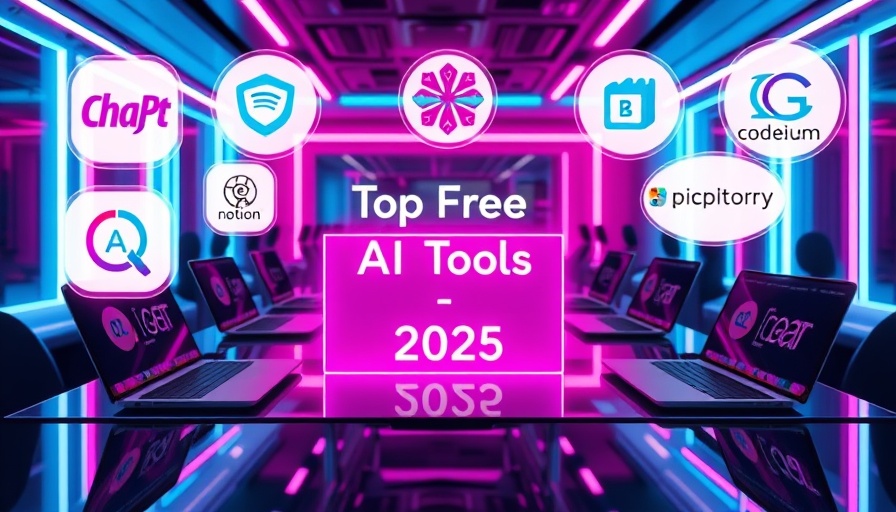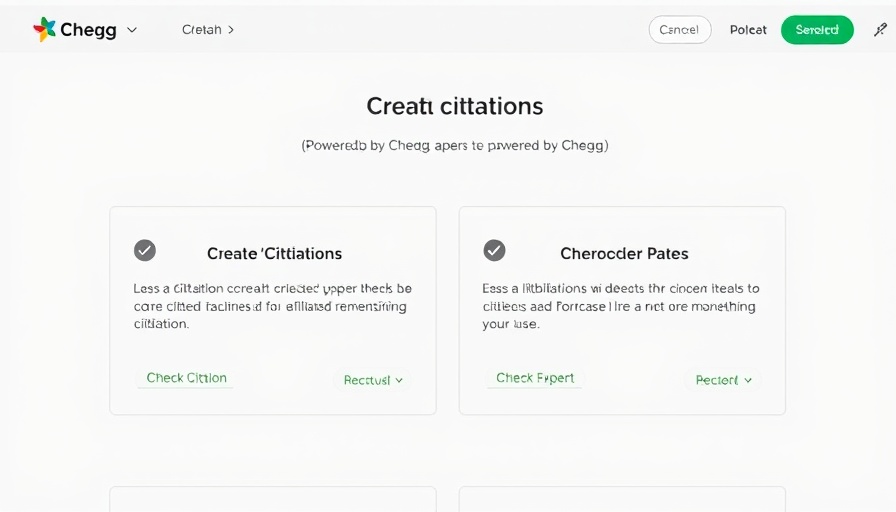
Unlock Your Creativity with the Best AI Writing Tools of 2025
The landscape of writing has transformed dramatically with advancements in artificial intelligence. No longer confined to simple spellchecking, the best AI writing tools of 2025 feature advanced capabilities that assist in everything from brainstorming ideas to enhancing the final draft for clarity and engagement. Choosing a tool tailored to your specific writing needs can significantly improve productivity and quality of output.
What to Look for in an AI Writing Assistant
With a plethora of options available, understanding what features matter the most can help guide your choice. Functionality that adapts to various writing styles, context-aware generation, and robust editing capabilities are key elements to consider. For instance, some platforms offer specialized tools like outlining for academic papers, while others excel in creative storytelling. This variety allows writers to select a tool based on their specific tasks and goals.
The Best AI Writing Tools to Consider
In 2025, several AI writing tools stand out due to their innovative features and user-friendly interfaces. Here are some notable mentions:
- StudyPro: Known for its comprehensive features, StudyPro integrates writing generation, structure outlining, and advanced paraphrasing all in one platform. It is particularly ideal for academic writing, drawing on extensive scholarly sources for optimal results.
- WriteSmart: This tool excels in creative writing and offers insights on character development and plot structure, making it a favorite among fiction writers.
- ContentGenius: Focused on quick content generation, ContentGenius assists marketers in producing engaging blog posts and copy on the fly.
- RefineBox: Tailored for professionals, RefineBox provides grammar checks and stylistic suggestions to elevate communications to the next level.
- PlagiarismGuard: A great option for students and researchers, this tool ensures originality while providing citation help.
Future Predictions: The Evolution of AI in Writing
The future of AI in writing suggests even more integration into daily use. As natural language processing technology improves, we can anticipate AI systems that not only generate more nuanced text but also learn the individual writer's style for a more personalized experience. This shift could redefine how we approach writing altogether, opening new possibilities for creativity and efficiency.
Relevance of AI Writing Tools Today
In a world driven by content, the relevance of AI writing tools is undeniable. From students needing assistance on essays to professionals crafting impactful presentations, these tools cater to a spectrum of writing needs. As society moves toward increasing digitalization, the demand for high-quality, fast content continues to grow. Understanding the nuances between different tools can empower writers to produce their best work efficiently.
Actionable Insights: Embrace the AI Future
As you explore these AI writing tools, consider how integrating them into your workflow can enhance your writing process. Each tool offers unique benefits that can help save time, reduce stress, and inspire creativity in your writing endeavors. We recommend visiting Prompt2Human to discover how to bypass AI detection easily—because sometimes, the best ideas deserve to shine without constraints.
 Add Row
Add Row  Add
Add 




Write A Comment